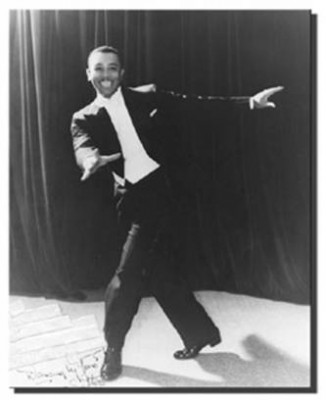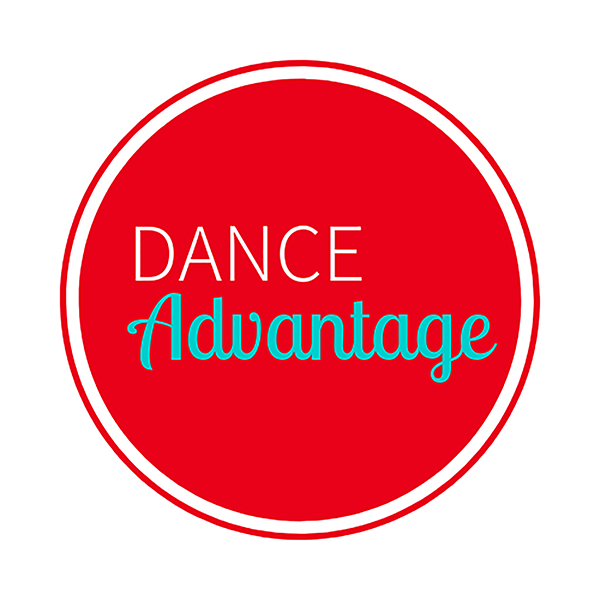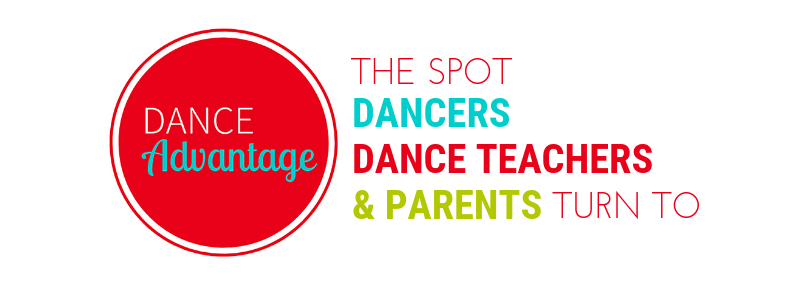Today, I’m proud to introduce our new columnist, Sarah Mason! Sarah brings a wealth of experience as a dance educator, ensemble director, and tap dancer to Dance Advantage and will be a regular contributor to the blog. Read on, and I know you’ll be as excited as I am to welcome her to Dance Advantage. Look for Sarah’s TAPography articles to appear bimonthly.
–Nichelle

Tap is such a loaded topic these days. Ask any hoofer, long-time tap teacher or dance aficionado what the state of affairs are in the tap world, and you get a different answer every time. For the pop culturist, tap is a gimmick, as referenced by So You Think You Can Dance and other reality TV shows. For the hoofer, tap is a way of life that many people in the dance world at large don’t seem to understand. For the die-hard student and pre-professional, tap is on the up and up with festivals, national TV appearances, Broadway, and more. And for the tap teacher… well, for the teachers it isn’t exactly business as usual anymore.
Over my last 20 years of teaching tap, the students have changed. The atmosphere in class is different. The expectations are different. And above all else, the attitude and commitment level are different. I could point a finger at the current generation of kids and their “entitlement syndrome”, but that certainly isn’t changing any time soon, and it doesn’t fix our problem. We can look at ourselves, however, and see what we can do to remedy the situation in our classrooms.

It is a very short list of tap teachers that teach tap in way that embeds it in the heart and soul and fosters a love for the art form at a profound level. Ballet teachers like that? Much easier to come by. Lyrical? Contemporary? Jazz? They’re a dime a dozen these days – teaching classes that are emotionally charged and full of gripping content that draws those elusive adolescents in and keeps their attention. Most tap teachers are ballet or jazz teachers that happen to teach tap, as well. Some are underqualified, some are even disgruntled about it – and it’s no wonder, as tap takes a back seat to ballet, jazz, hip-hop, etc. these days. So few kids call tap their “first love”, that it doesn’t warrant an investment in a good teacher by studio owners.
So what is it about tap that makes both teachers, students and studio owners apathetic? The happy dance… the feel good, tip-tap-toe signature has a big red target on it, just begging to be shot down by “critics” looking for meaning in their dance – including those young “critics” moving up through the ranks of the average dance studio. How then, can we as teachers instill the love of tap in our students in a way that ensures the future of this all-American art form? Here are some practical tools that I have tested and used successfully in everything from 3 year old classes to university courses, conventions and master classes. My preference has always been establishing long-term relationships with students and allowing their artistry to unfold over time, including founding and directing world-renowned youth company Footprints Tap Ensemble and establishing my own school, Pennsylvania Academy of the Arts.
How to Make Tap “Come Alive”
1. Do not use a graded syllabus.You are a good teacher, and you have a wealth of knowledge that your students are looking to sink their teeth into. If you must use it as a starting place, that’s fine. But please bring originality to your exercises, drills, etc. The format of my classes is always the same, however, at any given moment, I will allow myself to go in a completely different direction. Today, I had a great plan for a beginning/intermediate class, and I went off on a tone and dynamics tangent while teaching at Penn State. We ended up having a great conversation about tap shoes and how different styles are best served by different shoes. Really useful information for pre-pro college students! Let yourself feel the energy in the room and what needs to happen as you teach.

2. Remember where you came from. All good hoofers can give you their tap genealogy. During my childhood, I was taught by the fabulous Barbara Swanson, who was a protégé of Tommy Sutton, one of the three greats out of Chicago. My artistic mentor now is Heather Cornell, who was mentored by Buster Brown, Eddie Brown, Ray Brown, and more. Where did you come from? Where did your teacher learn? Giving students a sense of lineage gives them a sense of identity and purpose. They have a legacy to continue and someone’s history in their footwork. Don’t know where you come from? I’m happy to help you dig around and see what we can find. You’ll be amazed when you find out that just a few generations back, there were movie stars, headliners, vaudevillians and more!
3. Push the envelope. What is your ordinary pattern of teaching and choreographing? We all get into a rut of doing the same thing over and over again. Creative choreography concepts are hard to come by in tap when everything is “happy”… but it doesn’t have to be that way! One of the greatest pieces I ever choreographed was an über-slow waltz by Sarah Maclachlan exploring the concepts of death and the afterlife. IN TAP SHOES! There aren’t any rules that say you can’t try something new. Your kids will either think you’re crazy or they’ll adore you. Either way, you’ll have kept yourself fresh and kept them on their toes, watching for the unique and the unexpected things you throw at them.
4. Practice improvisation. My first improvisational experience could be graded as a nearly complete failure. At the age of 15, I was thrown into a circle with Jay Fagan, Bruce Stegman, Julie Cartier and a few others in front of the entire Chicago tap community. Not only is the moment one of the more humiliating memories in my life, but it is also preserved on video for all eternity. PLEASE, don’t allow your students to get caught in a situation like this. Far better for them to get their feet wet (so to speak) in class with friends than in front of a crowd or in a master class of strangers. I’ll be posting future articles about tap improvisation, so watch for more tips on how to incorporate this into your classes.
5. Stay hip. Use music they can relate to, even if it’s jazz. Give kids a REASON to love Michael Buble or Diana Krall – explain to them how sweet their phrasing is or how unique the arrangement is and how it differs from the original song. Many times, I’ll play multiple versions of a tune in class, and the room will divide down the middle between those that like one version and those that like another. It gives them a great ear for music, helps them to be critical of phrasing and meter, and it also encourages them to think outside the box when it comes to arranging, phrasing and creating their own works of art some day! Oh, and every now and then, humor them. Dance to Top 40 stuff (if you can find something clean enough to use in the classroom!), and let them do their improvisation to it. Classical music is a gas, too – they LOVE that they can tap to it. Mozart is brilliant for this, because they all know the melodies already. (More on this later, too!)

6. Keep yourself fresh. Commit to yourself that you will stay current in the tap world. Tap is not the same animal it was 20 years ago. It is a baby art form, really, and it constantly changes every time a dancer like Dormeshia Sumbry-Edwards or a Leela Petronio hits the stage. Your contribution is a part of that evolution, so don’t forget to keep your own voice clear and crisp. You have something beautiful to offer your students – keep your instrument well maintained and ready to create!
I’ll leave you with a challenge for November: Find your tap lineage for this month, and see if you can’t Google or look up your “ancestors” on YouTube. Leave your comments and/or links here. We’d LOVE to learn more about each other and all the rich history tap has to offer!
Sarah Mason is the owner/Artistic Director of PA Academy of the Arts, a family-oriented performing arts school in central Pennsylvania offering training in dance, theatre and music.
Born and raised in Chicago, Sarah was the Founder of world-renowned Footprints Tap Ensemble. She is respected from coast to coast as an exceptional dance educator, having taught for over 20 years. Sarah continues to perform as a tap artist, both as a soloist and with her ensemble, Jade Dance Project. She is also the proud mother of two little boys, and the wife of a professional musician.
Sarah’s Dance Dynamics teaching tools, including her unique and easy-to-use tap improvisation syllabus and more, are featured regularly in the TAPography section of Dance Advantage and can be purchased on her website.

Dance Advantage welcomes guest posts from other dance teachers, students, parents, professionals, or those knowledgeable in related fields. If you are interested in having your article published at Dance Advantage, please see the following info on submitting a guest post. Read posts from guest contributors.

